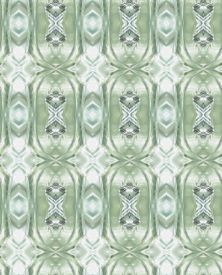Types of specialty glass
The last post discussed types of safety glass, and an earlier post looked at different types of “ordinary” glass. Today, let’s look at different types of specialty glass, how they’re made and what they’re used for.
Two common types of specialty glass and how they’re made
Patterned glass. Patterned glass is sometimes called textured glass, decorative glass, pressed glass or obscured glass. It’s typically translucent and has a physical (raised) pattern on at least one side – sometimes both. Patterned glass often has a pebbled appearance. It’s used to create privacy in spaces where transmitted light is also desirable, so you may see it on private office doors, bathroom doors and windows. You may also see it used for shower enclosures.
Patterned glass is manufactured similarly to float glass, except that one of the rollers that moves the glass during production has a pattern on it. The pattern is pressed into the glass as the glass “floats” by. Patterns are usually created on one side of the glass, but by using two patterned rollers instead of just one, glass manufacturers can create two-sided patterned glass.
Patterned glass can be tempered, laminated or and/or double-glazed. It is also cut and installed just like ordinary plate glass. The pattern on the glass determines the level of obscurity the glass provides. It also comes in a variety of thicknesses and can be tinted.
Tinted (colored) glass. Tinted glass is fairly common, so it seems a little strange to call it a type of specialty glass – but it is! Tinted glass can come in virtually any color, but red, amber, blue, green and gray (or black) are the most common.
Tinted glass can be clear, translucent or opaque and can be combined with other glass manufacturing techniques, like patterning, etching or frosting, and tempering. Tinted glass is manufactured just like ordinary float glass. The coloration comes from different metal oxides that are added to (or found in) the components that are used to make glass. Tinted glass offers some UV-light protection, reduces the transmissibility of visible light, and tends to reduce the buildup of heat from solar radiation.
Glass can also be tinted by bonding a thin-film laminate to the surface of clear glass. Thin film laminates give the window a tinted appearance, but do not offer any UV-protection.
The next post will look at reflective glass and insulating glass – two other types of specialty glass. If you would like to learn more about ways to decorate glass, or mimic the look of privacy glass, please check out the rest of our site. If you’d like to purchase Glassprimer™ glass paint, please visit our online store .
Photo Credit: Ruth Livingstone, via FreeImages.com


